History of The Ramona Bowl
Located on 160 acres in the scenic foothills of Hemet, California, the Ramona Bowl Amphitheatre offers an unforgettable experience. This iconic venue, known for its majestic stage, stunning natural surroundings, and rich history, has hosted countless legendary performances. Discovered in 1922 by playwright Garnet Holme, the amphitheater's acoustical attributes and breathtaking mountain views provided the perfect setting for his work. The first production of "Ramona" in 1923 drew crowds from miles around, establishing the Ramona Bowl as a beloved local landmark.
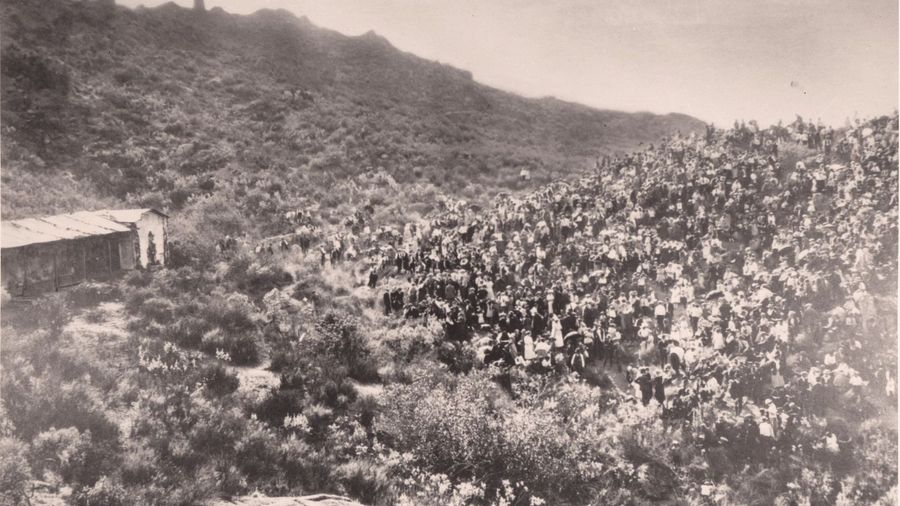
In outdoor drama, the setting is a key part of the presentation. In many ways, the Ramona Bowl is as important a part of the play as the costumes or the props. It lends a sense of realism to the show, and help to immerse the audience in the story.
It was Garnet Holme who insisted on a natural setting for the play. The original plans had called for staging the production in town, perhaps on the high school athletic fields. Holme looked at the hills surrounding the valley and knew there had to be something better.
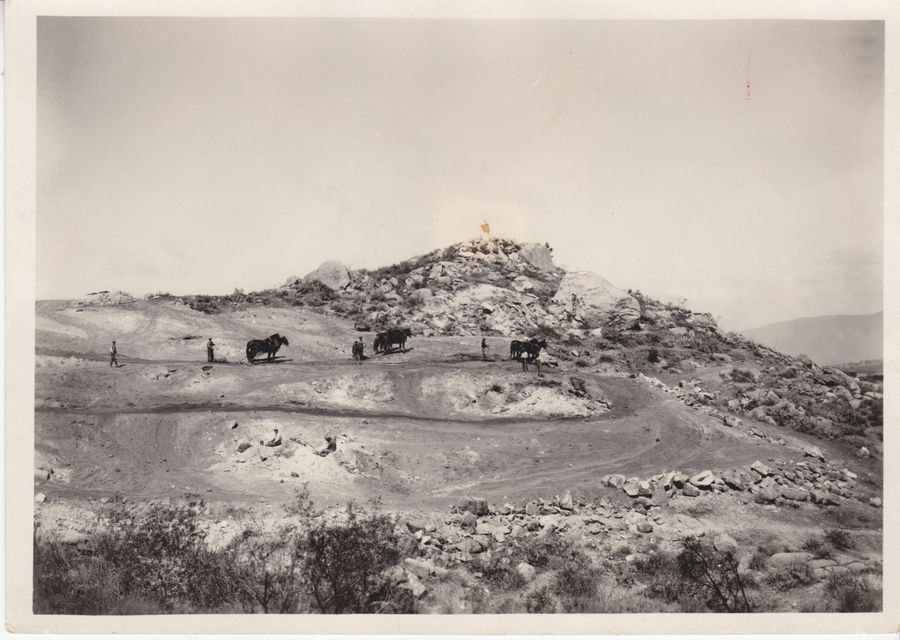
Then one of the locals remembered a little canyon southeast of town where he had been out hunting rabbits. Burdette Raynor, then secretary of the chamber of commerce, later recalled:
“We drove our car as far as we could and with much difficulty worked our way through the dense sagebrush and thickets to the exact spot that is now the Ramona Bowl. After trying the acoustic properties of this particular place, Mr. Holme became enthusiastic over its surroundings and possibilities. I confess I could see but little of the beauty and loveliness for which Mr. Holme was so enthused, but Mr. Holme was a great lover of nature and what was commonplace to some would become a thing of beauty to him.”
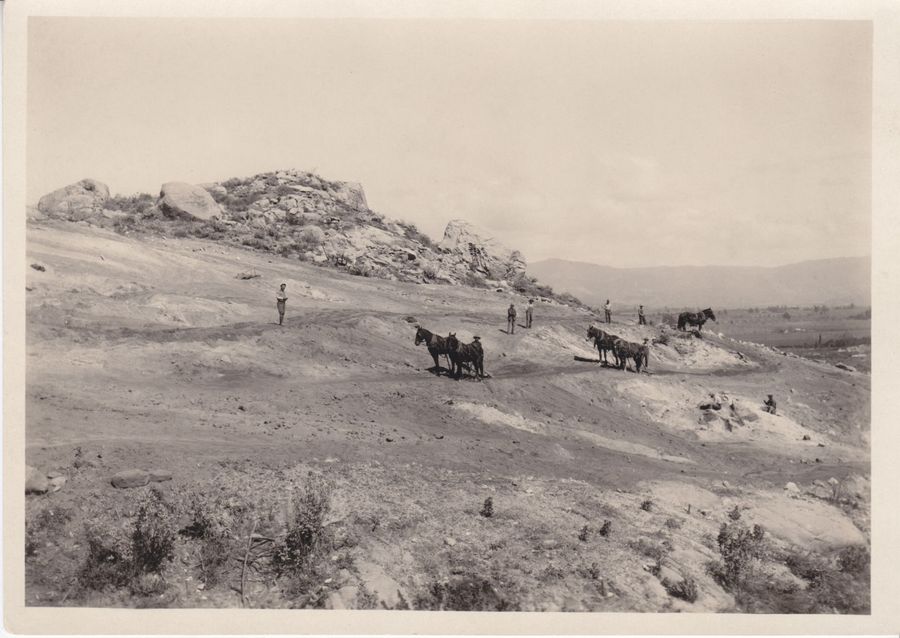
Beginning in 1925, the chamber of commerce, and eventually the Ramona Pageant Association, bought up 160 acres in and around the canyon. They even purchased the land up and over the hills to the south, forever protecting the Bowl from encroachment — farsighted thinking in the 1920s.
Conditions at the Ramona Bowl were rather primitive in the early days. There was no road up to the top until 1925, and no parking near the entrance until the 1930s. Pioneer playgoers hiked up the canyon, the same way the cast comes into today, for the procession. Water was available at “Aunt Ri’s Spring” along the trail. Longtime performer Elmer Grohs remembered a long-handled metal dipper at the small pool shared by all.
“If we’d had a health department in those days we wouldn’t have a pageant today,” he liked to say.
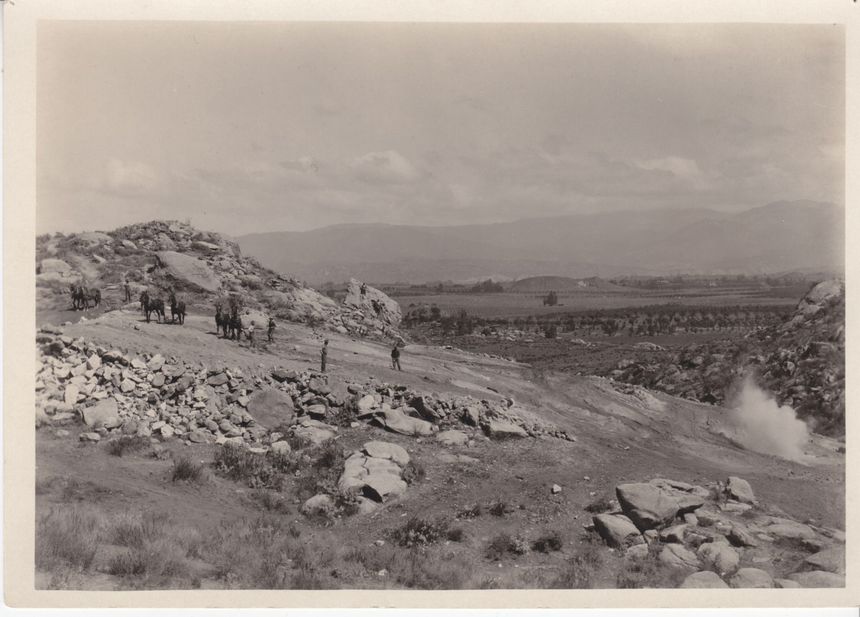
In the Bowl, things were no better. Boy Scouts had grubbed out a few trails, and the west hillside had been cleared. The audience found their seats as best they could, on rocks and blankets and cushions carried up with them. During the first intermission, one of the Bowl Supervisors used to come out and announce in a loud voice that if anyone’s seat was uncomfortable, just call one of the ushers and they would be happy to flip their rock over for them.
The first seats were installed in 1926, and more were added bit by bit until 1965. But people continued to sit on the hillside until the sound wall was built across the back in 1952.
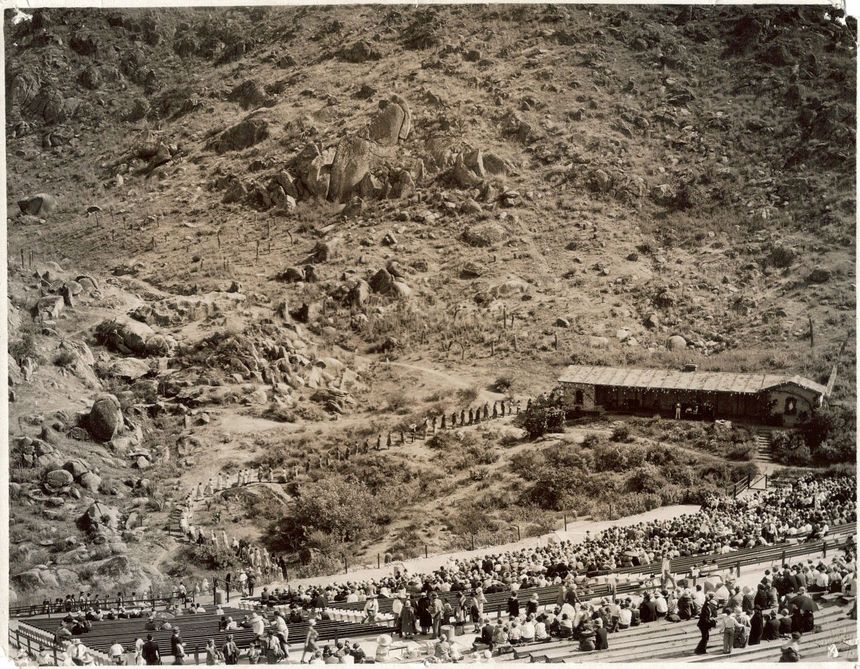
The top capacity of the Bowl reached 6,662 people, but that number dropped to about 5,000 recently, when the seating was readjusted to give the audience members more elbow room.
The first permanent building at the Ramona Bowl was a block of restrooms, built in 1936. The facade of the ranch house set was built that same year, though it remained just a false front against the hillside for many decades. The Administration Building (now the Museum and gift shop) followed in 1941, with a substantial addition in 1972. After World War II, a surplus military building was moved in from Camp Hahn near March Air Force Base to become the cast house. It was destroyed by fire in 1949, but was soon replaced with another surplus building.
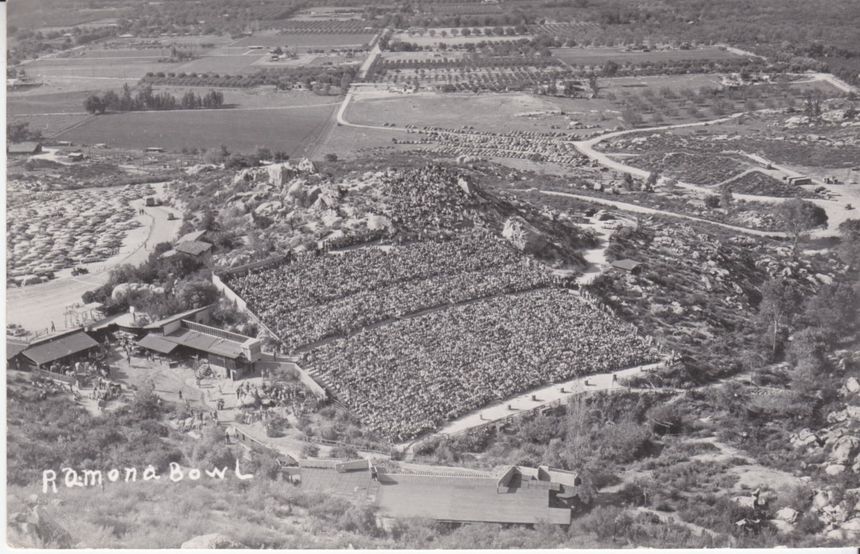
Other buildings were added in the 1950s, ’60s, and ’70s, then there was no more major construction until the new building was built on the right side of the entrance in 1998.
Another important change came in 1965, when the first sound system was installed, with fixed microphones scattered around the Bowl. Prior to that time, the actors, singers and musicians had relied on the canyon’s natural acoustics. Even during the most tender love scenes, Ramona and Alessandro had to project so that thousands of people could hear them. Later, wireless microphones were introduced, greatly improving the sound quality.
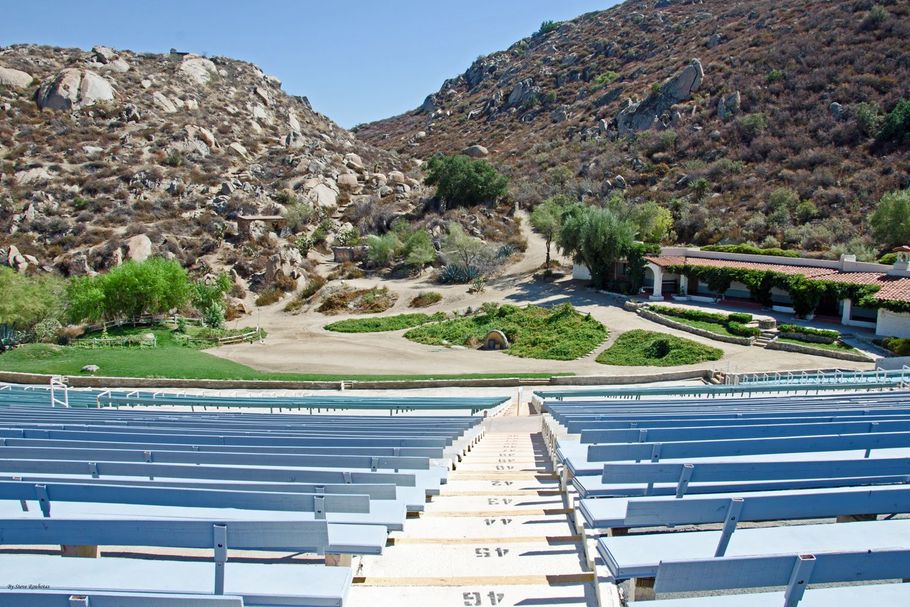
The canyon itself got its biggest change in 1988, when the lower area was filled in, creating a new stage area that moved the action even closer to the audience. Yet many of the scenes are still played up on the hillside, on trails and clearings created in the 1920s and ‘30s.
The Ramona Bowl is one more part of the tradition that makes the Ramona outdoor play unique.


